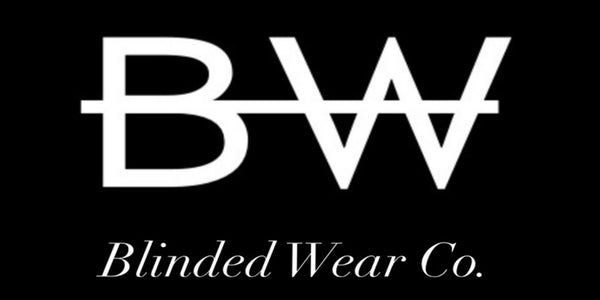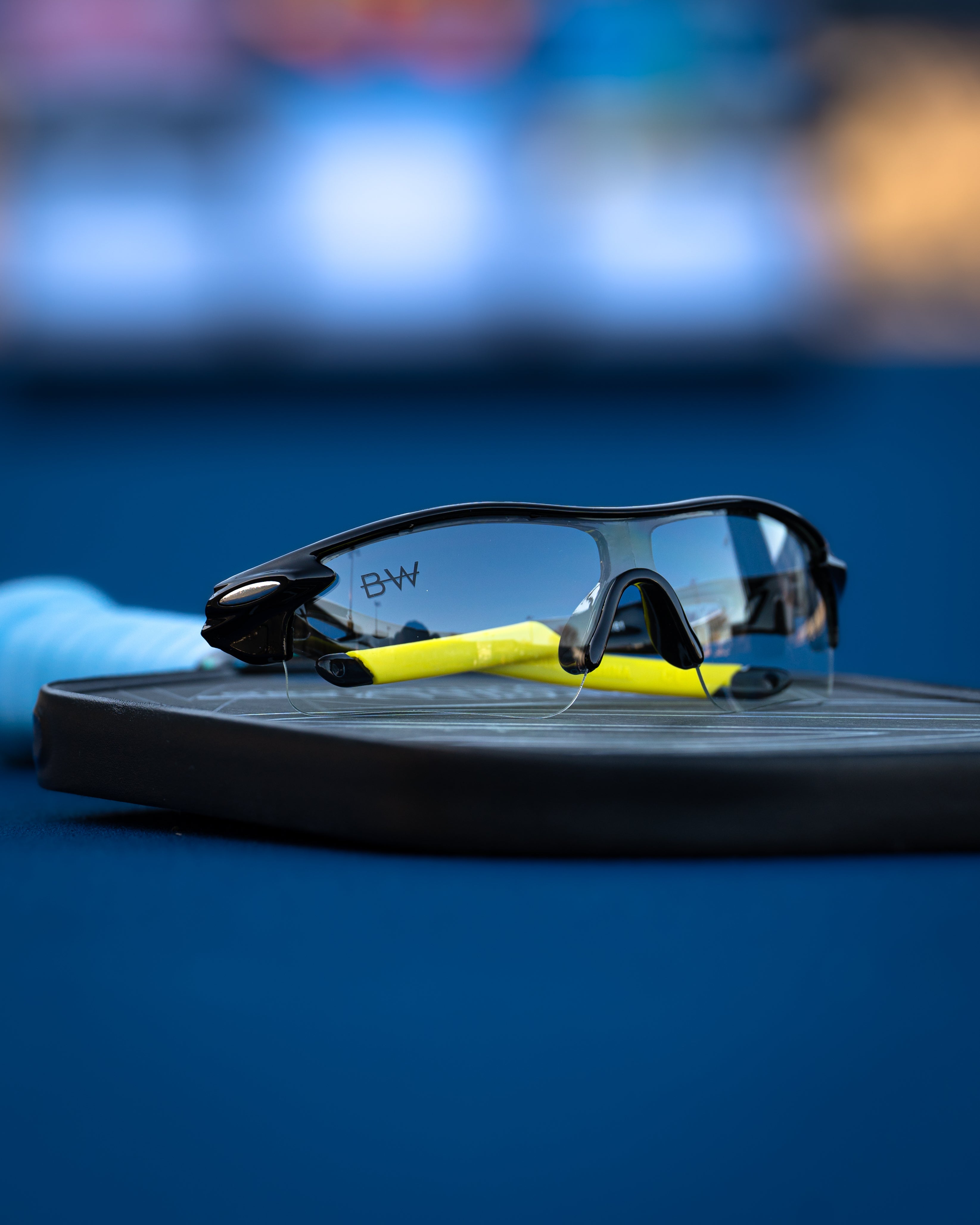What’s the Difference Between Base Curve and RX Fit?
Share
What’s the Difference Between Base Curve and RX Fit?
If you’ve been looking at prescription sports eyewear, you may have come across the term base curve. It sounds technical—and it is—but it also plays a big role in whether your vision stays sharp or gets warped during movement.
Understanding the difference between base curve and RX fit is essential if you want your glasses to perform under pressure, especially in fast-paced court sports like pickleball. Let’s break down what these terms mean and how they impact clarity, comfort, and coverage.
👓 What Is Base Curve in Eyewear?
The base curve is the measure of how much curvature the front of your lens has. It's usually described as a number between 4 and 9:
- Lower base curves (4–6): Flatter lenses, more typical in everyday glasses
- Higher base curves (7–9): More wraparound shape, often used in sports eyewear for wider peripheral vision and better wind/glare protection
While higher base curves look sportier and offer more side coverage, they’re not always compatible with stronger prescriptions. That’s where RX fit comes in.
📏 What Does RX Fit Mean?
RX fit refers to whether a frame’s shape and curve are suitable for
At Blinded Wear, we carefully design each frame to ensure a smooth balance between the curve and your prescription power. All of our RX styles are pre-verified for high-clarity RX use and built around a 6 or 8 base curve depending on style and lens size.
Learn more in: How to Read Your Prescription
🧠 Why It Matters for Athletes
Using a frame with the wrong base curve for your prescription can cause:
- Peripheral distortion
- Eye strain or motion blur
- Inaccurate depth perception
- Increased fog or discomfort
If you’re in motion—running to the kitchen line or chasing a lob—these distortions can throw off your reaction time. That’s why every Blinded Wear RX frame is base-curve balanced for the most common single and progressive prescriptions.
💡 How to Choose the Right Fit for Your Game
All of our frames support high-index 1.61 lenses at no extra charge, and we offer the following tint types:
- Clear Lenses – For indoor and shaded play
- Gray Lenses – Reduce glare and bright light
- Transitional Lenses – Automatically adjust to sunlight
- Blue Light Lenses – For night games and screen-heavy training
Looking for top-tier sport-focused RX frames? Try these options that are already optimized for base curve and RX fit:
🛠️ How We Build Your Lenses for Performance
When you submit your RX, we build your lenses with:
- Accurate optical centering based on your Pupillary Distance (PD)
- Curve matching for clear edge-to-edge visibility
- Fog-resistant design features across multiple frames
We offer both single vision and progressive RX lenses depending on your needs. No upsells—just optimized fit and clarity for serious players.
✅ Related Reads
- What to Know Before Ordering Prescription Sports Eyewear
- How Wearing the Right RX Lens Reduces Motion Blur
- Training Peripheral Awareness with Wide-Field RX Glasses
🎯 Final Take
Base curve isn’t just for optics geeks—it directly affects your clarity on the court. Blinded Wear frames are engineered to handle your real prescription and your real movement. No distortion. No guessing.
Shop RX Glasses Now and experience the difference of proper curve and fit.

